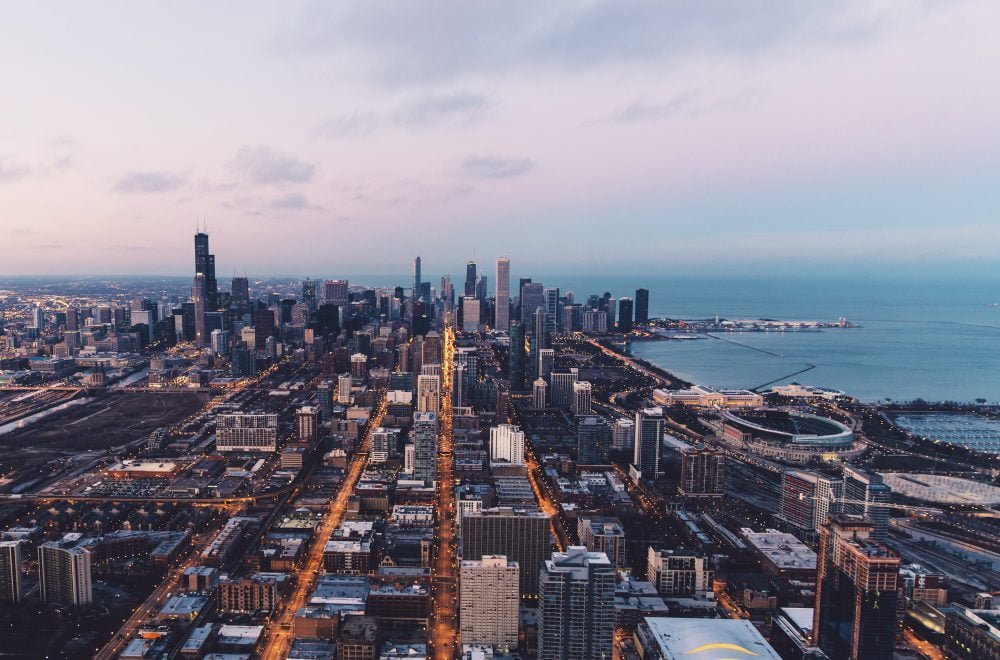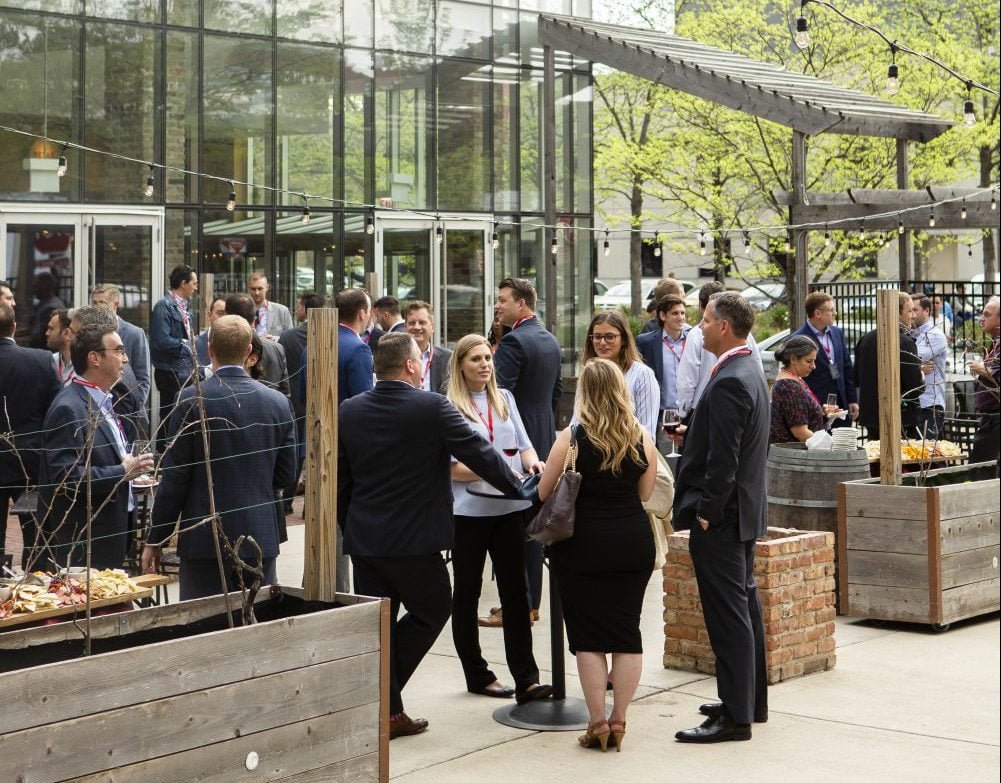04.29.19
Q2 Outlook: Multifamily Remains Attractive Both Locally and Nationally

From tax plans to opportunity zones, going into the second quarter of 2019, the U.S. commercial real estate sector remains attractive to global and local investors alike, seeking yield and low volatility late in this cycle. Healthy supply/demand fundamentals are likely to continue to benefit from a relatively solid U.S. macroeconomic backdrop, mainly in three ways:
- Steady GDP and job growth: As Q1 closed out, the trade gap reached an eight-month low and the average wages are pushing up. With steady unemployment rates and growing wages, property owners should have a greater ability to increase rents.
- Strong demographics – The average price-per-unit for multifamily product continues to increase with strong fundamentals and slow single-family construction.
- Higher replacement costs – rising construction materials and labor prices have significantly escalated rehab costs, providing room for additional asset appreciation and value-add opportunities.
Extrapolating from the three points and focusing in on Chicago specifically, this is only amplified.
- Corporations are choosing to relocate to and expand in Chicago. Whether it’s being named as the top metro area in the nation for corporate relocation and investment by Site Selection Magazine, having McDonald’s completing its move to the West Loop with a $250 million HQ or many tech companies rapidly expanding in the city, Chicago is a serious and growing employment hub.
- Both millennials and baby boomers alike are looking for the convenience of downtown/city living. Rents are increasing for all classes at healthy amounts. While talk of rent control is increasing, there has yet to be any serious movement on legislation.
- With new construction slowing, it will create downward pressure on non-luxury rental units. The rising cost of housing accompanied by stagnant or slower increase of income for renters, contributes to increased cost-burdened households. The shortage of affordably priced housing and the likelihood of continued rent increases, within luxury units to keep up with rising construction costs, will create the demand for mid-market rental units.
When evaluating and underwriting current Chicago opportunities, the two biggest line items and deal killers are the mortgage and taxes.
- Mortgage – Small regional banks are the way to go for commercial real estate lending. Big banks don’t need the headache of a local owner/investor and as such, traditionally charge a premium, take longer to close and have a far greater due diligence process. The scrutiny and documentation production for a non-institutional owner can often be a deal breaker. Smaller banks have local market knowledge, can feel and touch the asset they’re lending on and often have an existing relationship with a borrower OR can make a loan to create that relationship.
- Taxes – in my opinion, taxes are the most critical point to discuss when evaluating a building. Taxes are potentially a deal-breaking line item that is uncertain at the present moment. So what should investors do in this uncertainty? Be bullish in the market knowing that many people are skeptical, hesitant and not deploying capital? Be bearish? With Illinois experiencing at least 5% year-over-year property tax increases over the last five years and a new Cook County Assessor, it is worth underwriting a deal at 110% of the last year’s tax bills and wrapping the payment within the mortgage to make the payment more manageable.
Although mortgages and taxes are proving difficult for Chicago apartment investors, the general US economy, Chicago job market, local renter preferences and demand for non-luxury, more affordable product are all pushing rents.
